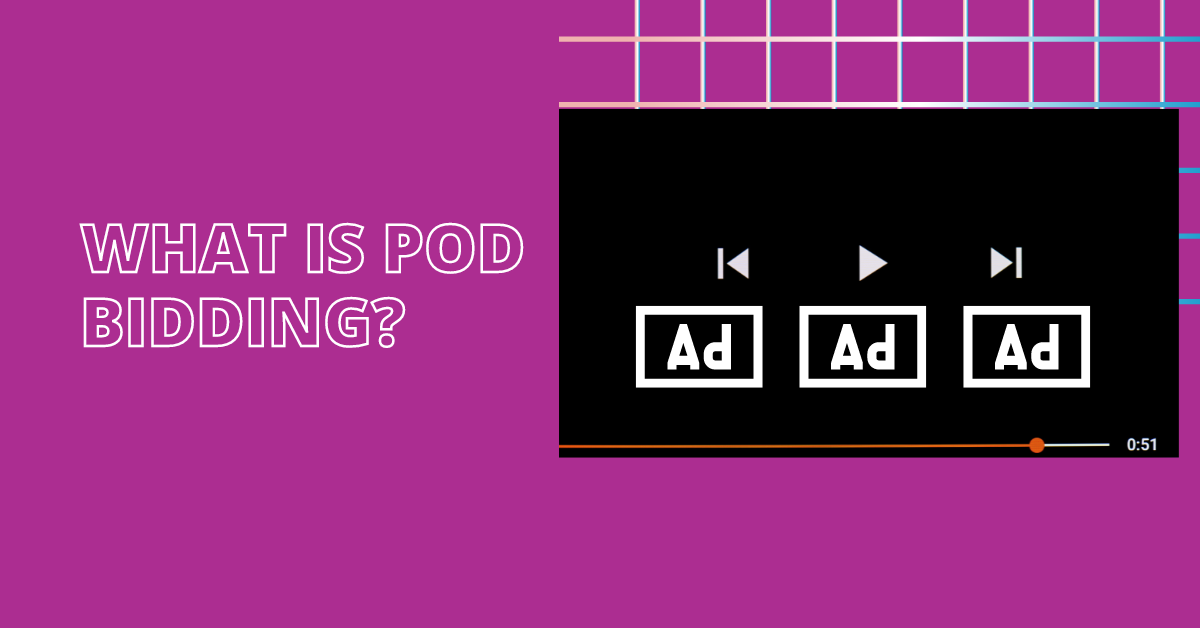
This post was most recently updated on March 7th, 2023
When it comes to video monetization, Pod Bidding is a force to be reckoned with. It’s hard to come across an HTML5 video player that doesn’t support the format. In fact, Pod Bidding is easily the most widely used video ad format for publishers and live streamers alike.
Pod Bidding has improved the overall ad experience and ad revenue boost from live streaming and CTV content, but how does it perform on other types of content?
The blog post breaks down how pod bidding works and what publishers can do to 10x their ad revenue from pod bidding.
In pod bidding, ad pods refer to groups of ads that are shown one after another on a media platform, such as TV or online video. In this type of advertising format, advertisers bid on ad slots within the pod, and the ads are played in the order determined by the bids.
Listed below are two ad pod issues you should look into:
Ad duplication refers to the situation where the same ad is shown multiple times within a single ad pod, or group of ads. Ad duplication can occur when an advertiser bids on multiple ad slots within the same ad pod, or when the ad pod is composed of the same ads repeated multiple times. Ad duplication can create a poor user experience, as it can be repetitive and annoying for viewers. It can also negatively impact brand perception, as it can make the brand appear unoriginal and unimaginative.
To avoid ad duplication, advertisers can use ad scheduling and targeting tools to ensure that their ads are only shown to the right audiences, at the appropriate times. Advertisers can also use creative rotation to show different ads within the same ad pod, in order to avoid repetition and keep the ad content fresh and engaging.
Competitive ad separation is a concept in the digital advertising industry that refers to the practice of ensuring that an advertiser’s ad does not deliver in the same ad pod as a competitor in the same industry. For instance: A BMW ad running in the same ad pod as a Porsche ad.
This is often done to avoid the situation where two competing brands’ ads are shown back-to-back or in close proximity, which can be confusing for viewers and potentially damage the brands’ reputation.
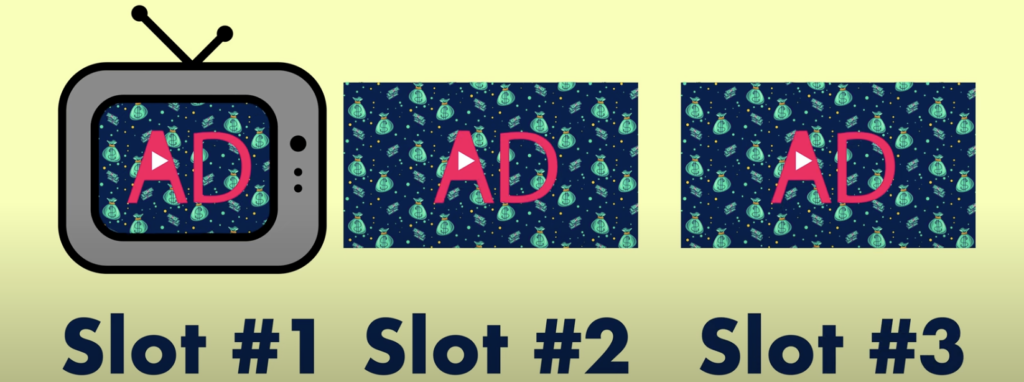
Source: Digiday
Pod Bidding is a term used in the digital advertising industry to refer to the process of selecting a specific ad slot within a pod, or group of ads when buying ads programmatically.
In pod bidding, advertisers can choose which ad slots to bid on, based on factors such as the length of the ad, where is the ad break placed, the order in which it will be played, and the target audience of the ad. This allows advertisers to have more control over the ad content they display, and can improve the effectiveness of their ads by reaching the right audience at the right time.
Pod Bidding is often used in TV and video advertising, and can be combined with other ad formats, such as Dynamic Pods, to provide even greater flexibility and control over ad content. The first and the last ad slots in the pod are more valuable than any other ad break that appears in the middle. The last pod placement also has higher CTRs since the viewers who convert from it are higher-value leads since they are paying extra attention till the end.
As part of OpenRTB 2.6, streaming services will also be able to create dynamic pods, allowing them to automatically adjust the number of ads in a pod without lengthening ad breaks. Pod bidding has been on many streaming advertiser’s wishlist for a while and thanks to Open RTB 2.6, their wishes of leveraging it come true.
Pod bidding can also help publishers by allowing them to optimize the placement of ads within their inventory, ensuring that the ads are seen by the right users at the right time.
A single ad pod has multiple ad tags coupled in a single bucket. You can insert these tags either through SSAI or CSAI.
Pod Bidding follows the waterfall model where each ad tag gets called in a row until an ad is returned. If a pod has 5 ad tags, the chances of serving 2-3 video ads are quite high.
This is why publishers need to line up a tonne of ad tags in a single ad pod as it improves the odds of playing many ads within pre-roll, post-roll, and mid-roll.
Here’s a short, step-by-step illustration of how the entire podding process works:
Here’s what publishers can customize on each ad pod:
By carefully considering these options, advertisers and publishers can find the right balance between maximizing revenue and ensuring the best user experience. This can help improve their ads’ effectiveness, increasing the chances that viewers will engage with the ads and take the desired action.
Monitor and analyze your ad inventory data with PubGuru, and use it to tweak your campaigns to perfection.
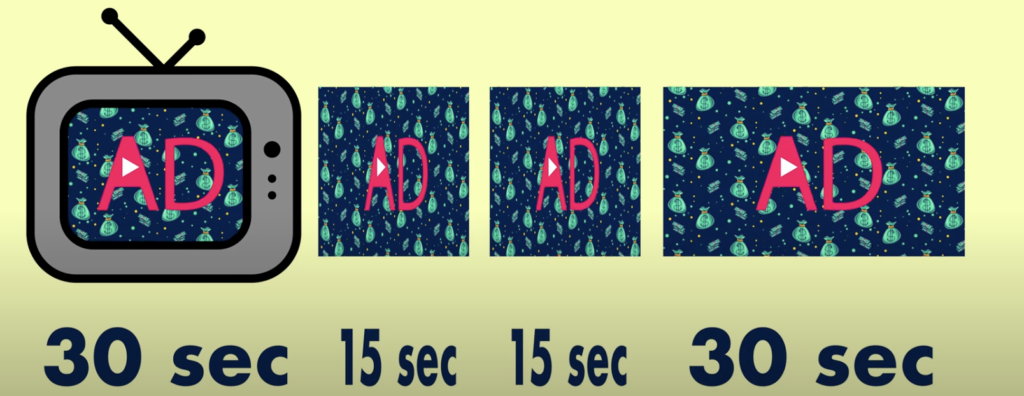
Source: Digiday
‘Dynamic Pods’ is a term used in the advertising industry to refer to a type of ad format that allows advertisers to bid on ad slots of different lengths within a pod, or group of ads, on a media platform. In Dynamic Pods, advertisers can still send bids for multiple 15 and 30-second ad options, as well as other lengths, giving them more flexibility and control over the ad content they display. This ad format is often used in TV and video advertising, where ads are typically grouped together in pods and played during commercial breaks or live streaming breaks.
Once the bid length options for the ad pod are selected MonetizeMore will structure the pod dynamically on the fly to squeeze in one of those ads without extending the total length of the pod.
A DSP can choose to display two 15-second ads and one 30-second ad for a total pod duration of 60 seconds if a seller communicates a pod duration of 60 seconds.
When pod bidding wasn’t relevant, SSPs would only communicate the ad duration and number of slots available. In comparison with a “structured” ad pod, a dynamic ad pod is more flexible when it comes to adjusting the number of ads or their duration.
With dynamic pods, a DSP can fill an ad pod in the most optimal way considering delivery and price while considering the length of the pod. In this way, DSPs can ensure they only return the right total duration of ads when using dynamic pods.
A per-second price floor is a pricing strategy used in the digital advertising industry that allows sellers to set a different floor price for each second of air time within an ad pod. This is an improvement over the existing bid floor field, which only allows publishers to communicate a single floor price for a given ad slot, regardless of the length of the ad. By using a per-second price floor, sellers can establish a more precise and fair price for each ad slot within a pod, and can help buyers and sellers establish a more efficient and effective programmatic advertising process. This can also help sellers maximize the value of their ad inventory, by ensuring that they receive the best price for each ad slot.
The mincpmpersec field is a new addition to the IAB Tech Lab’s OpenRTB specification, which is used to facilitate real-time bidding (RTB) in the digital advertising industry. The mincpmpersec field is part of the pod bidding enhancements, which are a collection of new fields that improve the ability of advertisers to buy ad pods on media platforms. The mincpmpersec field allows sellers to set a floor rate for each second that an ad runs within a pod. For example, if the mincpmpersec value is set to $5, this would signal that the floor price for a 15-second ad is $75, and the floor price for a 30-second ad is $150. This information can be used by advertisers to determine the minimum amount they are willing to bid for a particular ad slot.
The mincpmpersec field lets publishers price out every second of air time, which can help them establish a more accurate bid floor for each ad slot within a pod. This is an improvement over the existing bid floor field, which only allows publishers to communicate a single floor price for a given ad slot, regardless of the length of the ad. By using the mincpmpersec field, publishers can provide more information to buyers about the value of each ad slot within a pod, and can help buyers and sellers establish a more precise and fair price for each ad. This can improve the efficiency of the programmatic advertising process, and can help publishers maximize the value of their ad inventory.
One of the innovations introduced by pod bidding is the concept of hybrid ad pods, which allow the combining of both standard and dynamic sections. Hybrid ad pods are ad pods that contain both pre-determined, fixed ads and dynamic, programmatically-sold ads. This allows publishers to combine the benefits of both types of ad formats, and can provide more flexibility and control over the ad content they display.
Interested in maximizing your video ad revenue through pod bidding? Let’s talk!
Yes, pod bidding and ad podding are essentially the same thing and are often used interchangeably.
OpenRTB (Open Real-Time Bidding) is an open-source, protocol-level specification that defines the interactions between demand-side platforms (DSPs) and supply-side platforms (SSPs) in the digital advertising industry. OpenRTB enables real-time bidding (RTB), where advertisers can bid on ad impressions in real time, through a programmatic auction. OpenRTB provides a standard set of rules and guidelines for how DSPs and SSPs can communicate and exchange information about available ad inventory, bid requests, and bid responses. This allows DSPs to automate the process of buying and selling ads, and enables SSPs to maximize the value of their ad inventory by reaching the right audiences at the right time.

With over ten years at the forefront of programmatic advertising, Aleesha Jacob is a renowned Ad-Tech expert, blending innovative strategies with cutting-edge technology. Her insights have reshaped programmatic advertising, leading to groundbreaking campaigns and 10X ROI increases for publishers and global brands. She believes in setting new standards in dynamic ad targeting and optimization.
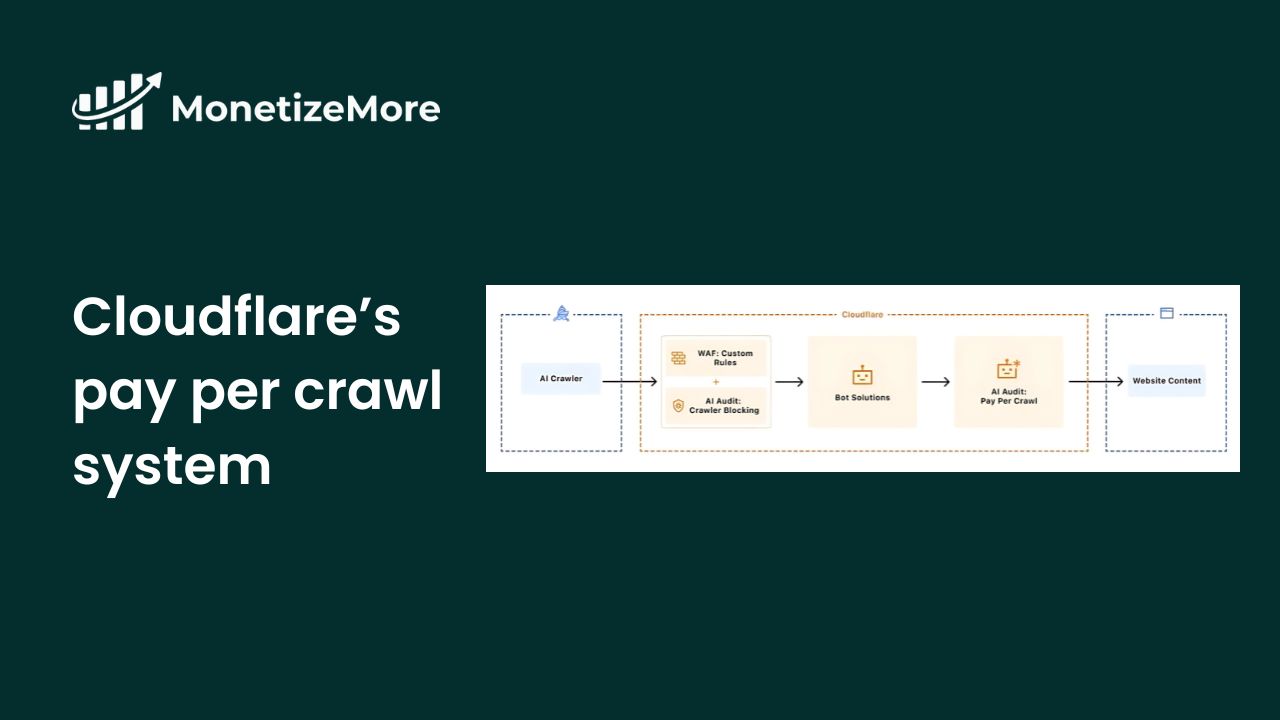
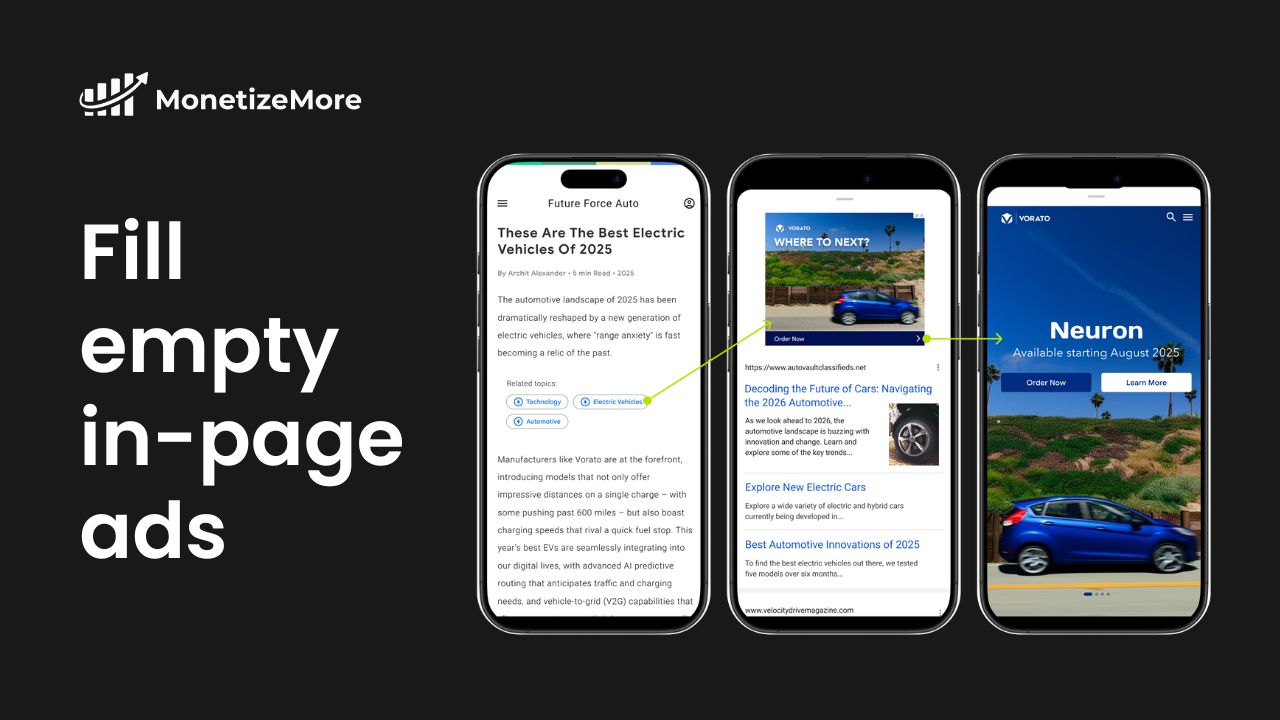
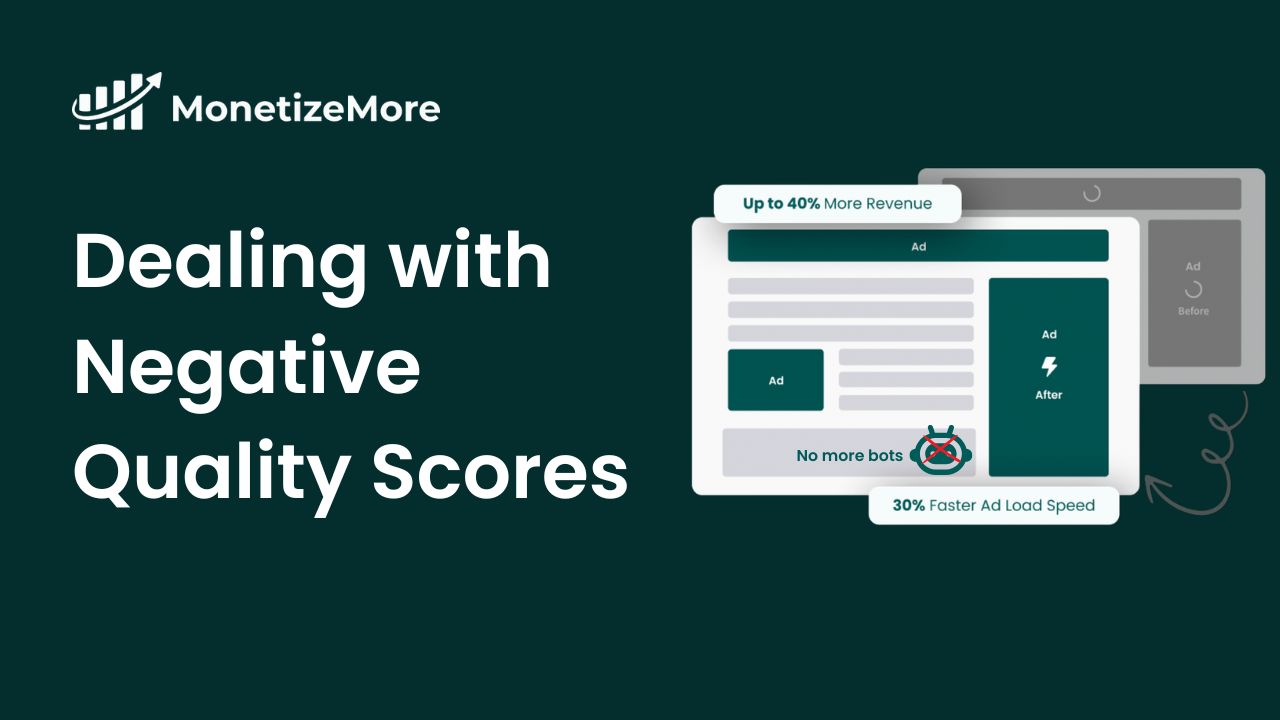
10X your ad revenue with our award-winning solutions.